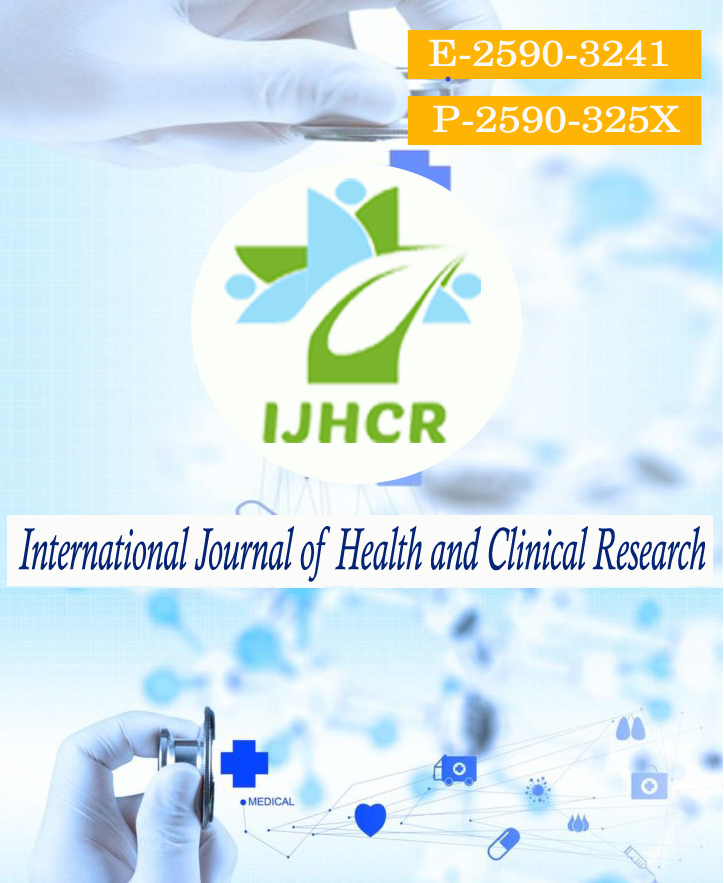Histomorphological Spectrum of Endoscopic Biopsies in Upper Gastrointestinal Lesions
Keywords:
Upper Gastrointestinal tract, Endoscopic Biopsy, Histopathology, Neoplastic Lesions, Inflammatory lesionsAbstract
Background: Patients presenting with gastrointestinal (GI) symptoms are very common in clinical practice, and aetiologies range from congenital, inflammatory and neoplastic causes. Histopathological diagnosis provided from endoscopic biopsies provide us with a clear picture of the underlying lesion which mostly have such obscure clinical presentations. Upper gastrointestinal endoscopic biopsies are performed not only for the diagnosis of the disease but also for monitoring its course, determining its extent and responses to therapy and for early detection of complications. Therefore, accurate diagnosis facilitates a prompt and efficacious treatment outcome. Methods: In this 2-year retrospective study of upper gastrointestinal endoscopy (UGE) biopsies, A total of 55 patients were evaluated, two biopsies were deemed inadequate, and hence excluded from the study. The remaining cases were evaluated along with relevant clinical history and endoscopy findings. Results: Out of the 53 patients, 37 (69.8%) were male and 16 (30.1%) were female. Most of the malignant cases were diagnosed in the 4th and 5th decade. The study included 32 biopsies (60.3%) from the duodenum, 16 biopsies (30.1%) from the stomach and 5 biopsies (9.4%) from the esophagus. Nine cases (17%) were diagnosed as neoplastic; of which eight were Adenocarcinomas and one case of Squamous cell carcinoma (SCC). The non-neoplastic category comprised of 44 cases (83%). Conclusions: UGE is an effective investigative modality to assess patients with upper gastrointestinal symptoms, and to obtain representative biopsies to come to a concrete diagnosis to initiate effective management. Histopathology is therefore the gold standard for the diagnosis of endoscopically detected lesions of the GI tract.
Downloads
Published
How to Cite
Issue
Section
License
Copyright (c) 2022 Shubhangi Agale, Sanjay Bijwe, Arvind Rathod, Megha Kinake, Brizellda D’Cunha, Amruta Adhye, Swati Narute, Jesmy Joseph

This work is licensed under a Creative Commons Attribution 4.0 International License.






 All articles published in International Journal of Health and Clinical Research are licensed under a
All articles published in International Journal of Health and Clinical Research are licensed under a 